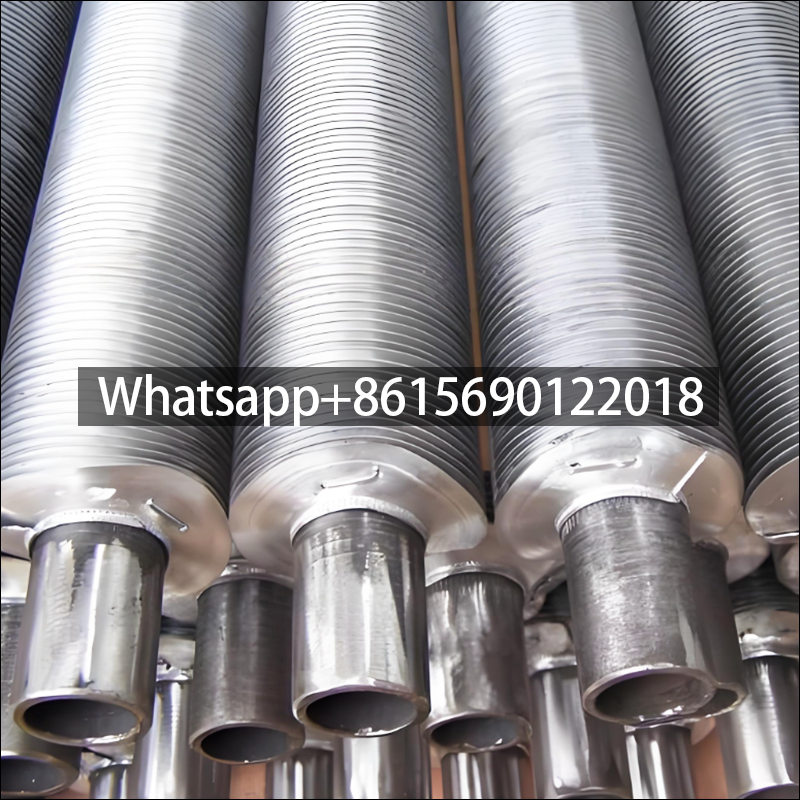Cooling Fins for Pipe
What are Cooling Fins for Pipe?
Cooling Fins for Pipe are metal components installed on the outside of pipes. They increase heat transfer efficiency by increasing the heat transfer surface area, primarily used to enhance heat dissipation within the pipe.

Core Functions of Cooling Fins for Pipe
Cooling Fins for Pipe reduce contact thermal resistance by increasing the heat transfer surface area. They also offer corrosion and wear resistance, making them suitable for high-temperature, high-pressure, and corrosive environments.
Typical Applications of Cooling Fins for Pipe
Industrial Equipment: These fins enhance the heat transfer efficiency of the fluid (such as air or flue gas) outside the pipe, enabling rapid heat transfer.
High-Temperature Applications: In high-temperature and high-pressure environments such as power generation and metallurgy, they effectively improve heat dissipation efficiency and extend equipment life.
Structural Features of Cooling Fins for Pipe
Various Materials: These fins are typically made of corrosion-resistant materials such as stainless steel, carbon steel, or titanium-copper alloys, adapting to diverse media environments.
Surface Treatment: Some products feature spiral or trapezoidal designs to further expand the heat transfer area and improve heat dissipation efficiency.
Cooling Fins for Pipe Selection Guide: How to Choose the Right Product for Your Specific Application
Selecting cooling fins for pipes requires comprehensive consideration of multiple factors, including the application scenario, operating environment, fluid characteristics, and heat transfer requirements. The following is a systematic selection method and key considerations:
Cooling Fins for Pipe Application Scenarios and Operating Environment Analysis

1. Differences in Industrial Sectors
Energy and Power: Thermal power plant air cooling systems typically use aluminum-jacketed steel finned tubes (fin height 16-25mm, fin pitch 2.8-3.2mm), with a temperature resistance of ≤350°C and capable of replacing 90% of cooling water consumption.
Chemical Processes: Corrosive environments recommend Hastelloy or 316L stainless steel, offering corrosion resistance and a lifespan of over 10 years. Polymerization reactors require temperature fluctuations to be controlled within ±2°C.
HVAC: Residential air conditioners typically use a copper tube and aluminum fin combination (fin pitch 1.4-1.8mm). The evaporator requires a hydrophilic coating to prevent frost.
Transportation: New energy vehicle battery packs use blown aluminum fin cold plates, maintaining a temperature differential within 5°C.
2. Environmental Parameter Requirements
Temperature Range:
Aluminum finned tubes: ≤300°C
Stainless steel finned tubes: ≤550°C
310S stainless steel: Up to 1000°C
Pressure Rating: For high-pressure environments (e.g., above 10 MPa), a base tube with a wall thickness of 3-5 mm is required.
Corrosion Resistance: For seawater environments, 316L stainless steel with surface treatment (nickel/chrome plating) is required, with a salt spray corrosion resistance life of ≥8 years.
